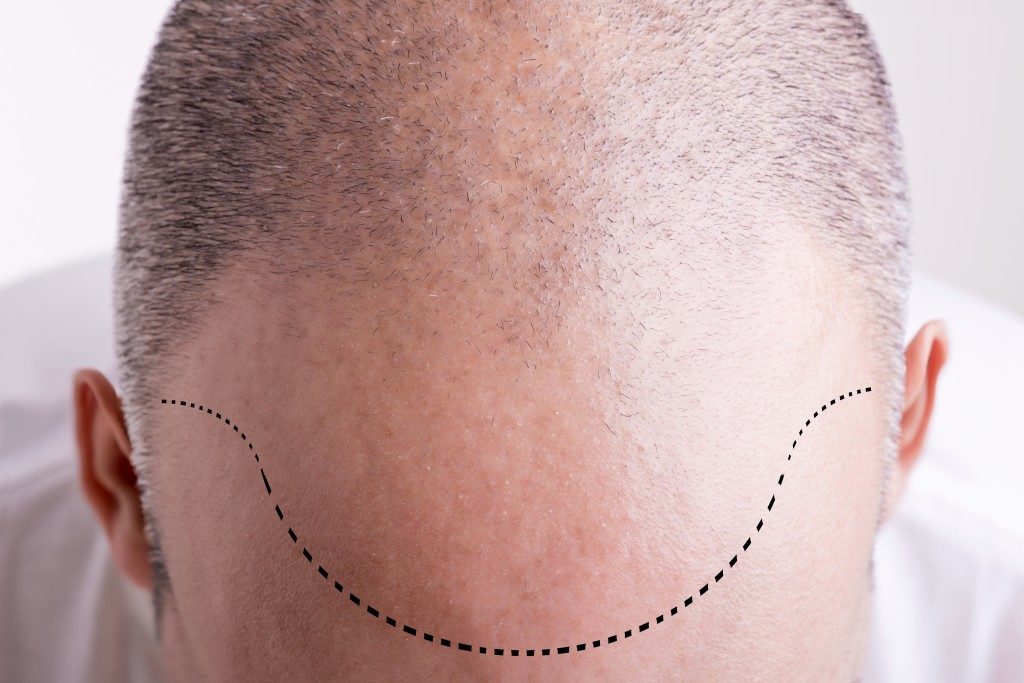- Hypodontia is a genetic disorder where people have fewer teeth than the typical number, usually 1 to 6.
- It can cause dental problems, affect appearance and psychological well-being, and is relatively common, affecting around 5% of the population.
- Hypodontia risk factors include genetics, environmental factors, medical conditions, poor oral hygiene, and age.
- Available treatment options include implants, orthodontic treatment, dentures, and dental bonding.
- Hypodontia can seriously affect oral and self-confidence, but treatments are available to restore the appearance and function of the smile.
If you have ever noticed that you or someone you know is missing a few teeth without any apparent reason, it is possible that it could be hypodontia. Hypodontia is when people have fewer teeth than the typical number, usually 1 to 6. These missing teeth can cause dental problems, affect your overall appearance, and even impact your psychological well-being. Read on to learn everything you need to know about hypodontia and the available treatment options.
What is Hypodontia?
Hypodontia is a genetic, developmental disorder where the teeth fail to develop entirely or erupt. It is a relatively common condition that affects around 5% of the population. While not all cases of hypodontia are hereditary, it is common for hypodontia to run in families.
Symptoms of Hypodontia
The most apparent symptom of hypodontia is the absence of teeth. People can suffer from the partial absence of teeth, such as a missing upper lateral incisor, or the complete absence of teeth. Hypodontia can also cause other dental problems, including spacing and misaligning the remaining teeth.
Risk Factors For Hypodontia
Some people are more vulnerable to hypodontia than others. Here are some risk factors surrounding the disorder:

Genetics
Hypodontia is predominantly hereditary, which means it runs in families. If one or both of your parents have hypodontia, your likelihood of inheriting the condition is high. Your risk of hypodontia increases if you have a family history of other dental anomalies like missing, extra, or impacted teeth. Genetic testing can help determine your chances of developing hypodontia, and your dentist can guide you on what to do if you’re genetically predisposed to the condition.
Environmental Factors
Your environment and lifestyle can also impact the development of hypodontia. Environmental factors that increase the risk of hypodontia include prenatal drug exposure, radiation, and infections during pregnancy. Smoking, alcohol consumption, and poor nutrition during pregnancy can also increase your risk of having a baby with hypodontia. Additionally, trauma to the mouth and teeth can cause permanent teeth to fail to emerge, leading to hypodontia.
Medical Conditions
Certain medical conditions can increase the risk of hypodontia. For example, cleft lip and palate, Down syndrome, and ectodermal dysplasia are associated with missing teeth. Children with these conditions should receive regular dental exams and may require specialized dental care to prevent or manage hypodontia.
Age
Hypodontia can occur at any age but is more common in children and teenagers. The absence of one or more permanent teeth can affect the growth and development of the remaining teeth, leading to problems with chewing, speech, and self-esteem. A pediatric dentist should evaluate children who are missing teeth to determine the best course of treatment. Orthodontic treatment like braces or a dental implant may be necessary to maintain proper oral function and aesthetics.
Poor Oral Hygiene
Poor oral hygiene can lead to various dental problems, including hypodontia. When teeth aren’t regularly brushed and flossed, plaque and bacteria can accumulate, leading to gum disease and tooth decay. These conditions can cause permanent damage to your teeth and gums, resulting in tooth loss and hypodontia. To prevent this, it’s crucial to maintain good oral hygiene habits like brushing twice a day with fluoride toothpaste, flossing daily, and visiting your dentist regularly for checkups and cleanings.
Dealing With Hypodontia
Thankfully, there are many ways to deal with hypodontia. Here are some of those ways:

Implants
One of the best ways to deal with hypodontia is by installing implants. Robust tooth implants replace the various missing teeth in the mouth. The implants are made of artificial materials such as titanium and have a similar shape to actual teeth. They are also far more resilient than normal teeth.
Orthodontic Treatment
Another way to deal with hypodontia is through orthodontic treatment. Braces, retainers, and orthodontic appliances can help realign and position the remaining teeth. This can help improve the patient’s bite and prevent further dental problems in the future.
Dentures
For those who are missing a large number of teeth, dentures are an ideal solution. Dentures provide artificial teeth that fit over the gums to fill in gaps and replace any lost tooth structure. They are comfortable, affordable, and can be removed for cleaning.
Dental Bonding
Dental bonding is a procedure in which the dentist uses composite resin to fill gaps in teeth. The resin is colored to match the shade of your natural teeth, so it appears seamless when applied. Dental bonding can improve your smile’s aesthetics and provide extra structural support for your remaining teeth.
Hypodontia is a relatively common condition, but it can seriously affect your oral and self-confidence. If you or someone you have hypodontia, treatments are available to restore the appearance and function of your smile. By doing so, you can improve your overall oral health and self-esteem.







